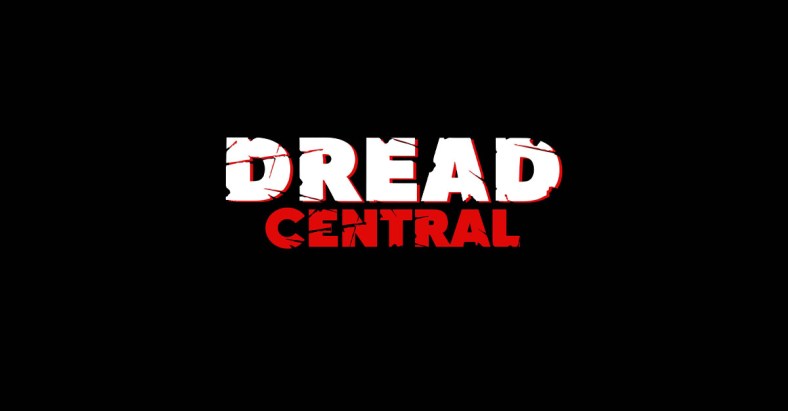The Consequences of Revenge: SAW III Revisited

The first three films in the Saw franchise do such a great job of giving their viewers a trilogy of pain, suffering, and, most importantly, consequences. While the franchise would eventually go on to be nine films strong (to date) those first three entries set up their characters, put them through hell to see where their morals and ethics are, and then offer said characters the choice to take what happened to them and learn from it, or allow anger and grief to consume them, tearing everything and everyone around down as well.
The series is unfairly labeled “torture porn”, alongside many other films and thought there is an insane amount of torturing in the films, we also received very deep examinations of how we as humans work. The films ask you as a viewer how YOU would react if faced with a “THIS or THAT” decision. To this writer, the one film in the series that does the absolute best job of showing what could be a redemptive arc of forgiveness, but ends up being a great examination of how the thirst for revenge can only destroy, would be Darren Lynn Bousman’s Saw III. I’ve always gravitated towards the third film more than any other and I thought I’d revisit the film for this piece and oh boy, does it still hit–HARD!
Synopsis:
Dr. Lynn Denlon (Bahar Soomekh) becomes a pawn in the Jigsaw Killer’s (Tobin Bell) latest gory game. Kidnapped and taken to an abandoned warehouse, she finds Jigsaw bedridden and dying. Her task is to keep the maniac alive long enough for Jeff (Angus Macfadyen), a fellow victim, to complete his own task. Each is unaware that Jigsaw has much bigger — and deadlier — plans in store.
Saw III plays like a Shakespearean tragedy, involving four people and how they respond to death, pain, and forgiveness. John “Jigsaw” Kramer (Tobin Bell) and his protégé Amanda (Shawnee Smith) kidnap Lynn (Bahar Soomekh), a surgeon, and give her the ultimatum of saving John’s life or having her head blown to hell by one gnarly contraption (my favorite trap of the entire series). Lynn knows the demand is one she most likely will not be able to complete but “No” means not having a head anymore. Plus, Lynn is already dealing with a lot that the audience doesn’t know about until much later in the film.
Amanda is on edge because Kramer is the only person who has truly seen her for what she could be, instead of the mistakes she’s made. But her jealousy is strong, causing resentment towards Lynn. The fourth individual, Jeff (Angus Macfadyen), is a man stuck in a series of games set up by John and Amanda, each game leading him to an individual either directly or indirectly responsible for the death of Jeff’s son. Jeff, a grief-stricken man, hellbent on getting revenge on all involved lives each day, prior to his kidnapping, seeing only the anger and pain in his heart, neglecting his daughter, who is grieving in her own way (but without parents thinking about what she’s going through).
Saw III gives its viewers characters they feel for. Even John and Amanda are led not by just plain old murdering, but by the pain of what led them to this place. Amanda wants John’s approval so much and seeing the way her mentor acts towards Lynn makes her a ticking bomb. Lynn tries to look at everything around her, instead of focusing on the pain SHE is going through. It’s quite the contrast of Jeff, who can only see his own pain and neglects to see the destruction that his mission of vengeance brings (and will continue to bring). Each step in Jeff’s game sees an opportunity to forgive, but Jeff’s reluctance results in each person’s death when he’s faced with playing God the way he desires. He blames everybody else for his son’s death and that makes it easier for him; it helps him sleep at night.
The final quarter of the film is where everything comes together in a way that, like many moments in the series, makes you really step back as the pieces of the puzzle find their respective places. We learn that Lynn and Jeff are married and how the fates of all four people rest in Amanda’s hands. Jeff makes it through the game and when John asks Amanda to let Lynn go, she refuses and shoot Lynn, allowing her jealousy to win. Jeff shoots Amanda and, when given the choice to forgive John and save his wife, Jeff decided to cut John’s throat, killing him–but not before John pushes play on a cassette, revealing that Jeff’s anger and his quest for revenge have destroyed everyone: John’s heart rate flatlines, Lynn’s head explodes and their daughter’s whereabouts are unknown, thanks to the rage and anger in Jeff.
The way it all comes together shows how one person’s anger and bloodlust can affect many others, and I think Saw III successfully shows the consequences of that, even better than any other film in the series. Sometimes we’re so concerned with hating those who wronged us, those we feel deserve to be punished, that we lose parts of ourselves at the same time. Taking that concept and weaving such a precise story, Bousman, along with franchise masterminds Leigh Whannel and James Wan, really crafted something special with the film and it really shows how great the series can be.

Categorized:Editorials News

